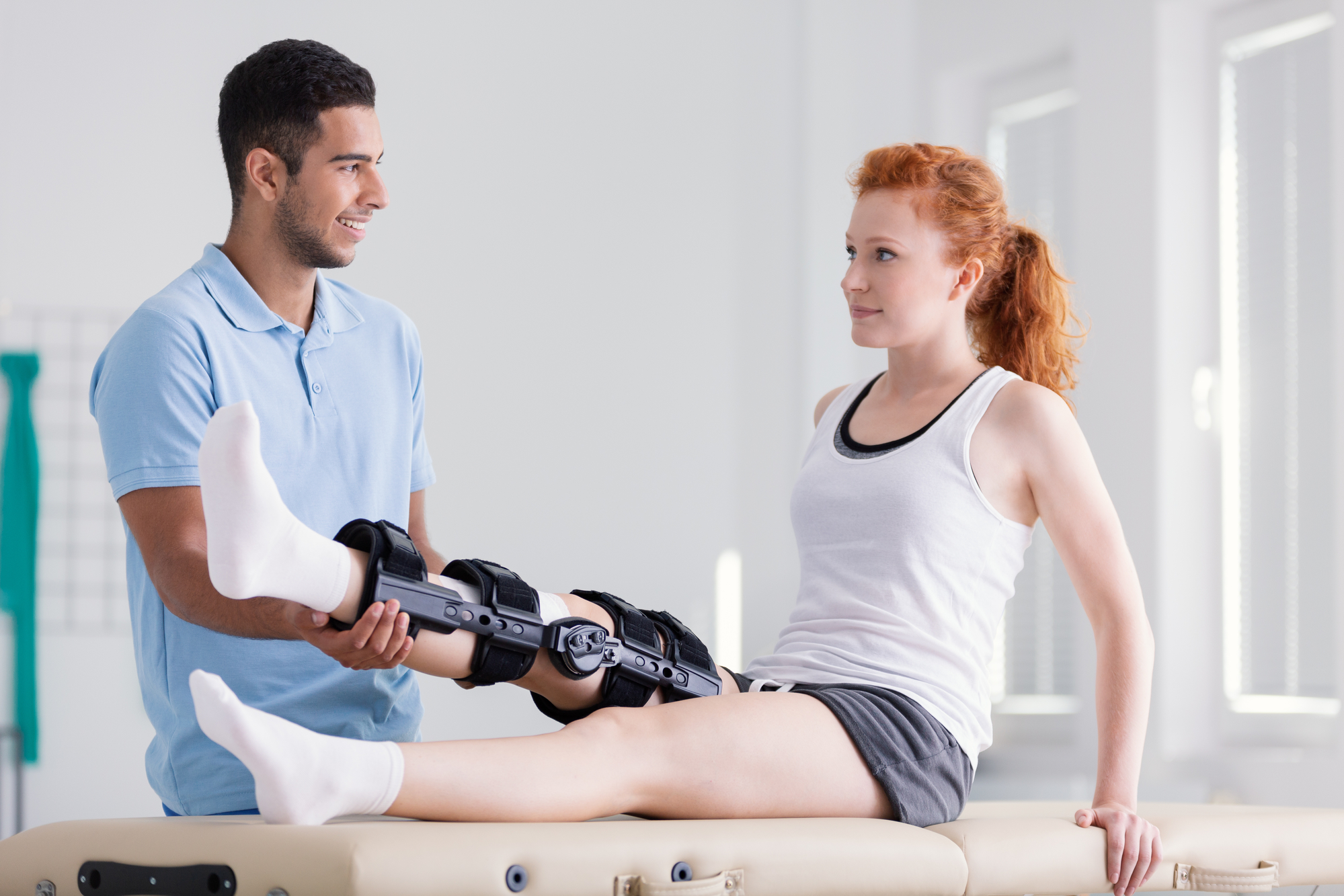Why are women more prone to ACL injuries?

Worldwide studies have shown that female athletes have a significantly higher rate of ACL injuries than their male counterparts. In fact, some studies have shown that women are two to four times more likely to tear their anterior cruciate ligament (ACL) than men.
It’s no secret that men and women are built differently, but the cause of an ACL injury for both genders is the same - injuries are primarily caused by landing from a jump with inadequate knee flexion, unanticipated movements during play or quick and sudden direction changes.
So why are women more prone to an ACL tear?
A female’s structural anatomy is unique
Women generally have a wider pelvis, which means the thigh bones angle down more sharply than men and put more pressure on the inside of the knee. Women also have a narrower intercondylar notch (the groove the ACL travels through in the femur) and a smaller ACL, which can make them more prone to ACL injury.
Add to this the fact that women’s ligaments often have more ‘give’ and are more elastic than men’s (which can reduce the knee’s ability to cushion impact) and the structural makeup of a woman naturally puts a woman more at risk.
Hormones can play a part
Some research has suggested that oestrogen levels during a woman’s monthly cycle can contribute to ligament laxity and the potential for ACL injury during sports and physical activities.
The biomechanics of a woman’s movement can increase risk
Females have a greater tendency to collapse into a knee valgus position when landing from a jump, decelerating or quickly changing directions. Knee valgus alignment is when the knee is positioned towards the midline of the body, rather than remaining in a direct line from the foot to the hip.
Women are also more likely to land in a flat-footed position, instead of absorbing the force of a jump or movement on the balls of their feet.
Both tendencies place more pressure on the knee and the ACL ligament.
The impact of strength
Generally, women have less hamstring strength than their male counterparts, which can impact the knee’s ability to control knee movement and cause it to give out, increasing the risk of an ACL injury.
Whilst being a female does put you at a higher risk of ACL injury, you can teach your body to move more safely through training programs and movements that place less stress on your knee joints. Studies have demonstrated that the rate of ACL injuries amongst women can be reduced by following a preventative neuromuscular training and conditioning program.
If an ACL injury does occur, one of the best things you can do is become informed about your treatment options. Dr Stuart MacKenzie, one of the top Orthopaedic Surgeons in Newcastle and the Hunter Valley, has created a free specialist e-guide - Your complete guide to ACL injuries – to help you better understand the surgical procedure involved in getting you moving again after an ACL injury.
11 Sep 2019
Published by Stuart MacKenzie
